Scottish farmers are being offered a loan of up to 95% the value of their Basic Payment Scheme and Greening payments.
To get the cash, recipients need to ‘opt in’ through post, email or, for the first time ever, online through the Scottish government’s website. The online system is hoping to speed up payments, which could start arriving in September.
Around 17,000 businesses are expected to receive a loan offer, which is expected to deliver around £337m into the Scottish rural economy this autumn.
Welcoming the announcement, NFU Scotland president Martin Kennedy said: “This is the 10th loan scheme of this kind to be delivered by Scottish government and processes have continued to improve with each scheme.
“The ability to opt in online adds a new, speedier option for farmers and crofters to accept their offer, while the traditional email and postal options remain available.
“I would urge all to opt into this year’s scheme and to do so online, where possible, to ensure payments are processed and made as soon as possible.
“Many farmers and crofters will be looking seriously at cashflows this autumn, particularly in areas where dry weather this summer has meant a significant amount of planning around the availability of feed, fodder and bedding, and this loan scheme will be a huge help.
“For many, the Less Favoured Areas Support Scheme (LFASS) is also critical to the viability of their business, and we will be asking the government to once again deliver LFASS this winter, as they have done in recent years.”
175ac holding going for £990,000
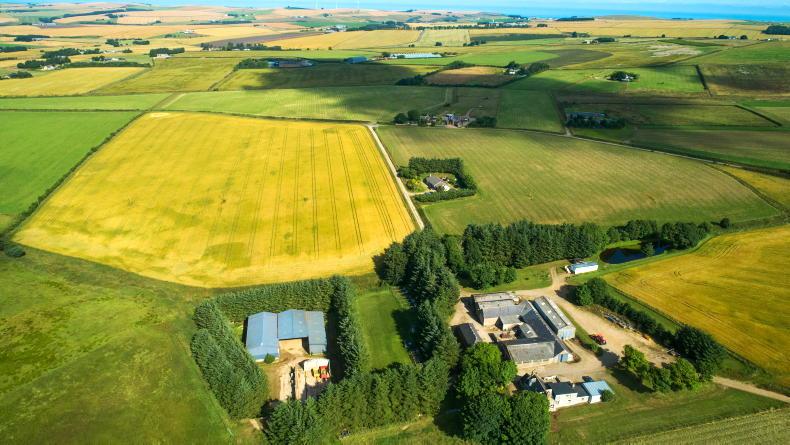
Upper Clochforbie is on the market for £990,000.
A 71ha farm, Upper Clochforbie, with farmhouse and buildings, is up for sale in Aberdeenshire for offers over £990,000.
The farm, which is four miles from the north coast of Aberdeenshire, has 169ac of farmland, which are broken into 21 fields.
The land is classified as predominantly grade 3 (2), which is capable of growing a moderate range of crops, including barley, forage crops and grass. The land lies at an altitude of between 140m and 200m and looks to the southwest.
This year, the farm is growing 14.2ha of spring barley, as well as 48.6ha of temporary grassland and 4ha of permanent grassland. There is also 1.1ha of trees and the farm has been in a number of agri-environmental schemes over the years, with the option for the new owner to begin a new scheme in 2022. There are also sheds and stores for cattle and machinery extending to a total area of 1,451m.
The farm comes with a 172m2 three-bedroom traditional farmhouse. There is a high-grade static caravan near the farm’s pond, which could be used as a holiday let. The farm is being sold through Aberdeen and Northern Estates.
Lamb kill getting less seasonal
Over the last 10 years, the peak kill of lambs in the autumn has been getting less extreme, according to Defra slaughter data. There are also more lambs killed in May and a longer, more-even peak kill in the second half of the year.
Historically, the kill is highest through late summer and early autumn, before tailing off. Around 12% of lambs used to be killed in October. However, this has dropped down to 10% in recent years.
This means that in 2021, 1.2m lambs are forecast to be killed in October, which is 350,000 lambs fewer than would be expected under the historic autumn kill. These lambs will be spread over the rest of the year.
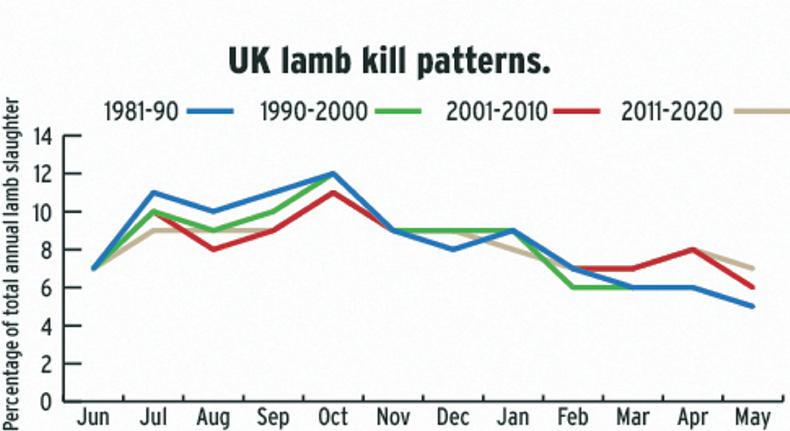
Scotland lamb ADBI graph 28/8/21
The opposite is true in spring, when the kill for Easter is usually getting bigger. The proportion of the spring kill which slaughtered for Easter is steadily increasing, from 5.5% to 7.5% of the annual kill targeting the Easter market.
This results in an extra 200,000 lambs ready for Easter, due to the changing pattern of slaughterings.
According to the AHDB, one of the main drivers of the change has been the removal of headage payments in the mid-2000s and improved productivity.
Harvest varied across Britain but making steady progress
Unsettled weather is affecting harvest across all of Britain, but progress is being made, according to the latest AHDB survey.
By 17 August, 20% of the national winter wheat crop had been cleared, which is the second-slowest start to the winter wheat harvest in the last eight years.
Winter barley is all but complete across the country, with 99% of the crop cleared. Winter oilseed rape harvest is progressing well, with 83% of the crop cut by 17 August, which is similar to previous years.
Yields
Early winter wheat yields, based on crops in the south of the country, are close to average at 8.0t to 8.4t/ha, compared with the five-year average of 8.0t/ha.
Winter barley yields are ranging between 6.9t and 7.1t/ha, slightly ahead of the 6.8t/ha five-year average and similar to 2017 levels of 7.0t/ha.
Winter oilseed rape yields are pegging between 3.3t and 3.5t/ha, a small increase on the five-year average of 3.3t/ha. However, yields have been highly variable, depending on the level of cabbage stem flea beetle (CSFB) damage suffered.
Areas with a particularly serious problems have been Bedfordshire, Hertfordshire and Essex, where yields have been consistently lower as a result.
Specific weights
Specific weights are low in most regions for winter barley, typically between 60 and 62kg/hl. The best is in the west midlands and northwest, typically 66kg/hl, with two-row varieties performing better than six-row.
Nitrogen percentages are low at 1.4% to 1.6%, compared with last year’s 1.7% to 2.0%.
Straw yields
Winter barley straw yields are generally good. In the eastern regions, straw required turning before baling. In Scotland, while most winter barley straw was baled, some was chopped for a quick turnaround to plant oil seed rape. Winter wheat has good yields, but weather could reduce quality.
Scottish farmers are being offered a loan of up to 95% the value of their Basic Payment Scheme and Greening payments.
To get the cash, recipients need to ‘opt in’ through post, email or, for the first time ever, online through the Scottish government’s website. The online system is hoping to speed up payments, which could start arriving in September.
Around 17,000 businesses are expected to receive a loan offer, which is expected to deliver around £337m into the Scottish rural economy this autumn.
Welcoming the announcement, NFU Scotland president Martin Kennedy said: “This is the 10th loan scheme of this kind to be delivered by Scottish government and processes have continued to improve with each scheme.
“The ability to opt in online adds a new, speedier option for farmers and crofters to accept their offer, while the traditional email and postal options remain available.
“I would urge all to opt into this year’s scheme and to do so online, where possible, to ensure payments are processed and made as soon as possible.
“Many farmers and crofters will be looking seriously at cashflows this autumn, particularly in areas where dry weather this summer has meant a significant amount of planning around the availability of feed, fodder and bedding, and this loan scheme will be a huge help.
“For many, the Less Favoured Areas Support Scheme (LFASS) is also critical to the viability of their business, and we will be asking the government to once again deliver LFASS this winter, as they have done in recent years.”
175ac holding going for £990,000

Upper Clochforbie is on the market for £990,000.
A 71ha farm, Upper Clochforbie, with farmhouse and buildings, is up for sale in Aberdeenshire for offers over £990,000.
The farm, which is four miles from the north coast of Aberdeenshire, has 169ac of farmland, which are broken into 21 fields.
The land is classified as predominantly grade 3 (2), which is capable of growing a moderate range of crops, including barley, forage crops and grass. The land lies at an altitude of between 140m and 200m and looks to the southwest.
This year, the farm is growing 14.2ha of spring barley, as well as 48.6ha of temporary grassland and 4ha of permanent grassland. There is also 1.1ha of trees and the farm has been in a number of agri-environmental schemes over the years, with the option for the new owner to begin a new scheme in 2022. There are also sheds and stores for cattle and machinery extending to a total area of 1,451m.
The farm comes with a 172m2 three-bedroom traditional farmhouse. There is a high-grade static caravan near the farm’s pond, which could be used as a holiday let. The farm is being sold through Aberdeen and Northern Estates.
Lamb kill getting less seasonal
Over the last 10 years, the peak kill of lambs in the autumn has been getting less extreme, according to Defra slaughter data. There are also more lambs killed in May and a longer, more-even peak kill in the second half of the year.
Historically, the kill is highest through late summer and early autumn, before tailing off. Around 12% of lambs used to be killed in October. However, this has dropped down to 10% in recent years.
This means that in 2021, 1.2m lambs are forecast to be killed in October, which is 350,000 lambs fewer than would be expected under the historic autumn kill. These lambs will be spread over the rest of the year.

Scotland lamb ADBI graph 28/8/21
The opposite is true in spring, when the kill for Easter is usually getting bigger. The proportion of the spring kill which slaughtered for Easter is steadily increasing, from 5.5% to 7.5% of the annual kill targeting the Easter market.
This results in an extra 200,000 lambs ready for Easter, due to the changing pattern of slaughterings.
According to the AHDB, one of the main drivers of the change has been the removal of headage payments in the mid-2000s and improved productivity.
Harvest varied across Britain but making steady progress
Unsettled weather is affecting harvest across all of Britain, but progress is being made, according to the latest AHDB survey.
By 17 August, 20% of the national winter wheat crop had been cleared, which is the second-slowest start to the winter wheat harvest in the last eight years.
Winter barley is all but complete across the country, with 99% of the crop cleared. Winter oilseed rape harvest is progressing well, with 83% of the crop cut by 17 August, which is similar to previous years.
Yields
Early winter wheat yields, based on crops in the south of the country, are close to average at 8.0t to 8.4t/ha, compared with the five-year average of 8.0t/ha.
Winter barley yields are ranging between 6.9t and 7.1t/ha, slightly ahead of the 6.8t/ha five-year average and similar to 2017 levels of 7.0t/ha.
Winter oilseed rape yields are pegging between 3.3t and 3.5t/ha, a small increase on the five-year average of 3.3t/ha. However, yields have been highly variable, depending on the level of cabbage stem flea beetle (CSFB) damage suffered.
Areas with a particularly serious problems have been Bedfordshire, Hertfordshire and Essex, where yields have been consistently lower as a result.
Specific weights
Specific weights are low in most regions for winter barley, typically between 60 and 62kg/hl. The best is in the west midlands and northwest, typically 66kg/hl, with two-row varieties performing better than six-row.
Nitrogen percentages are low at 1.4% to 1.6%, compared with last year’s 1.7% to 2.0%.
Straw yields
Winter barley straw yields are generally good. In the eastern regions, straw required turning before baling. In Scotland, while most winter barley straw was baled, some was chopped for a quick turnaround to plant oil seed rape. Winter wheat has good yields, but weather could reduce quality.






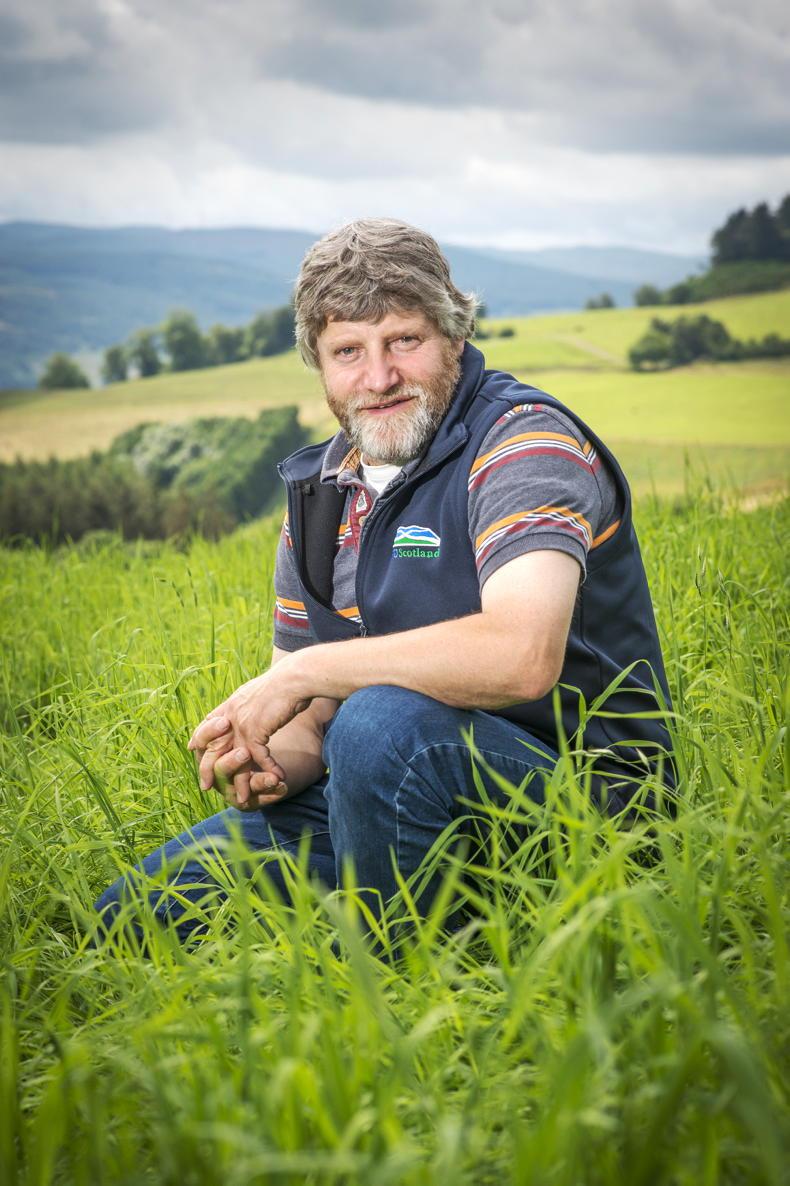


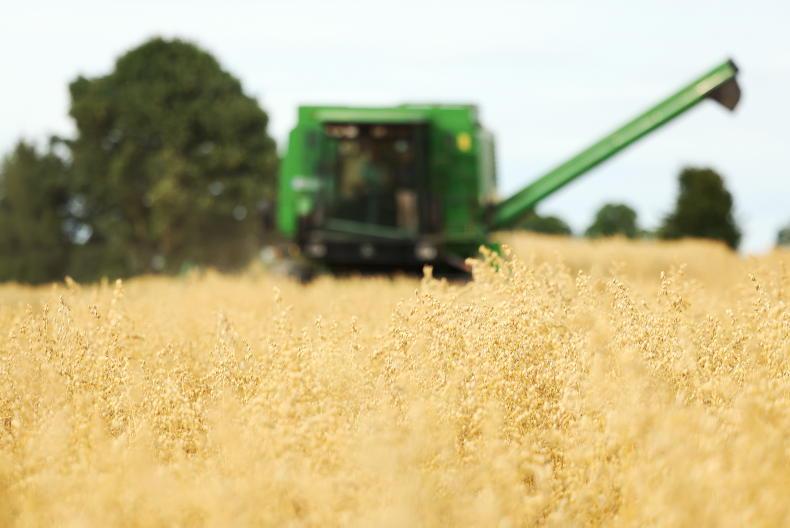
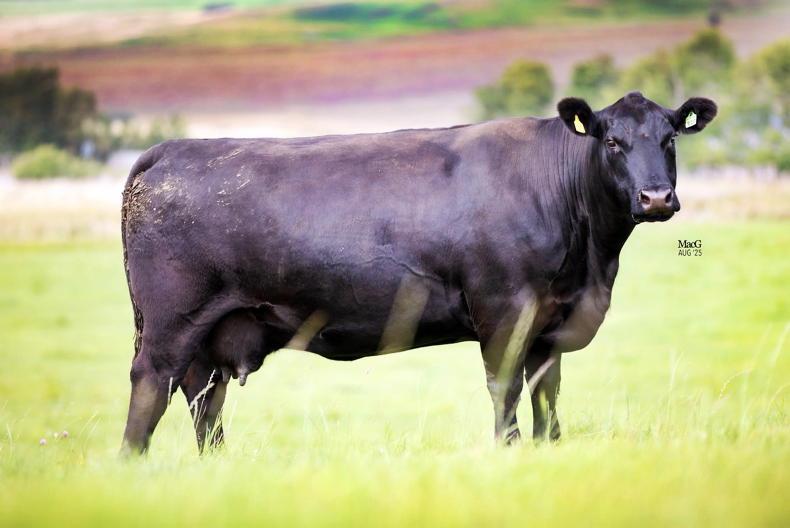
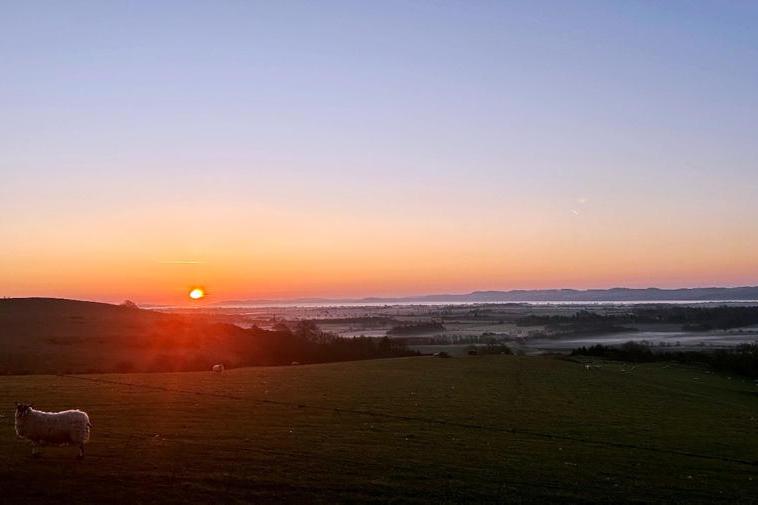
SHARING OPTIONS